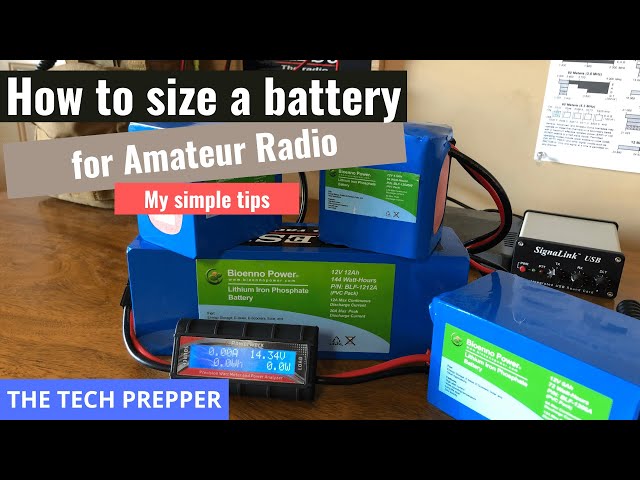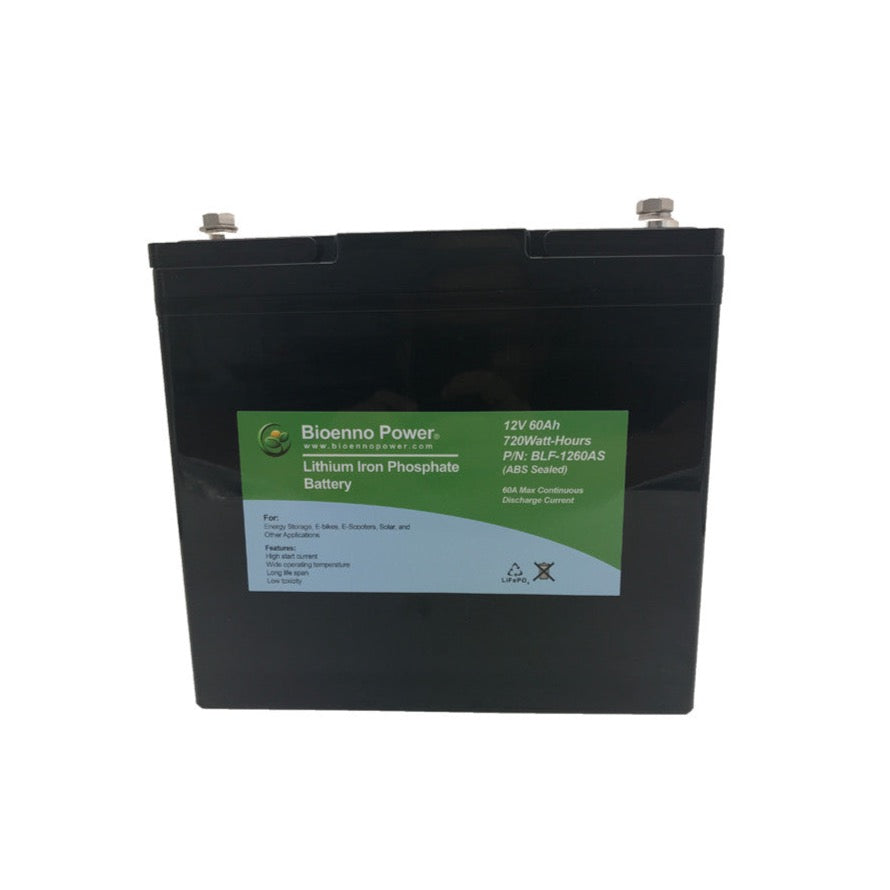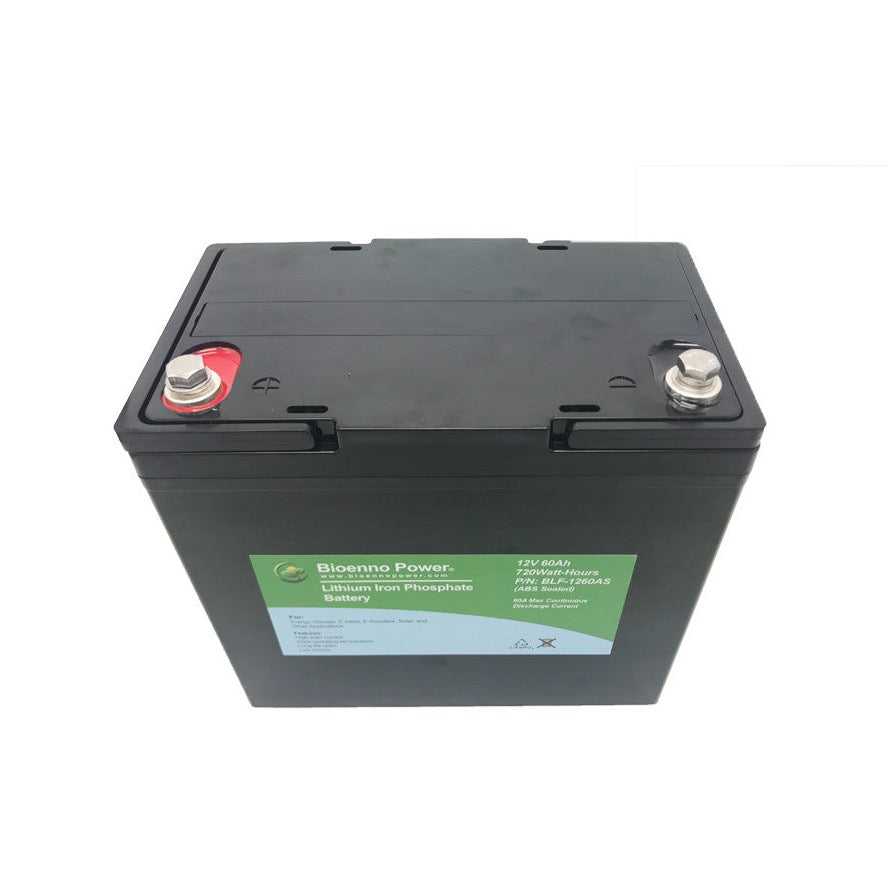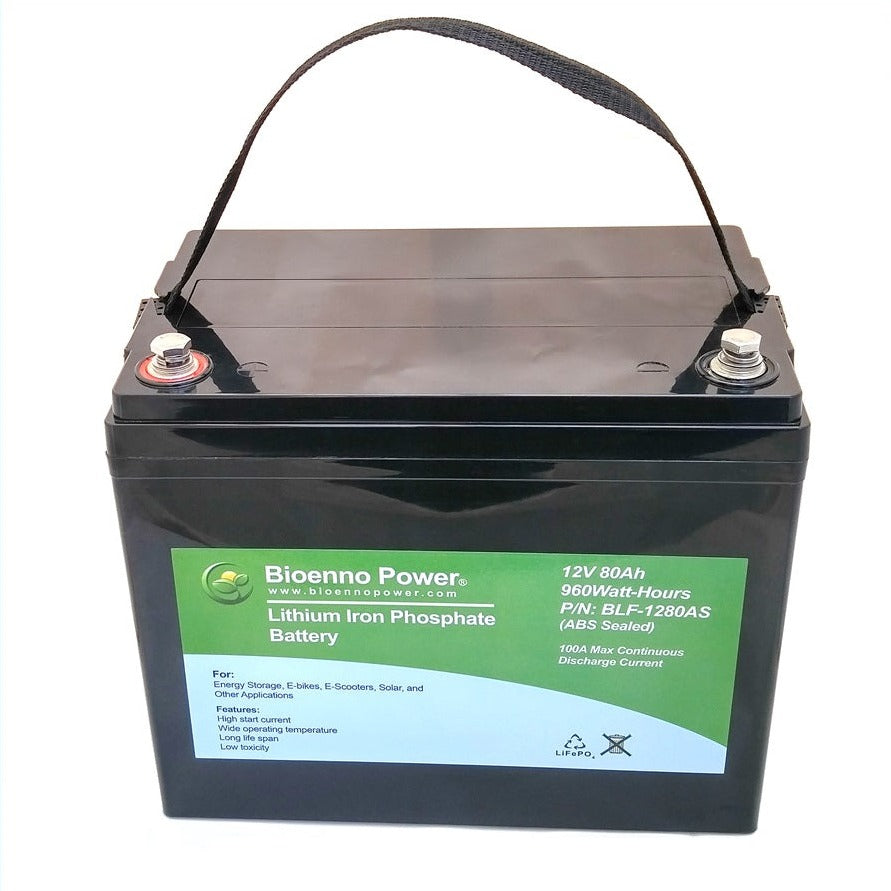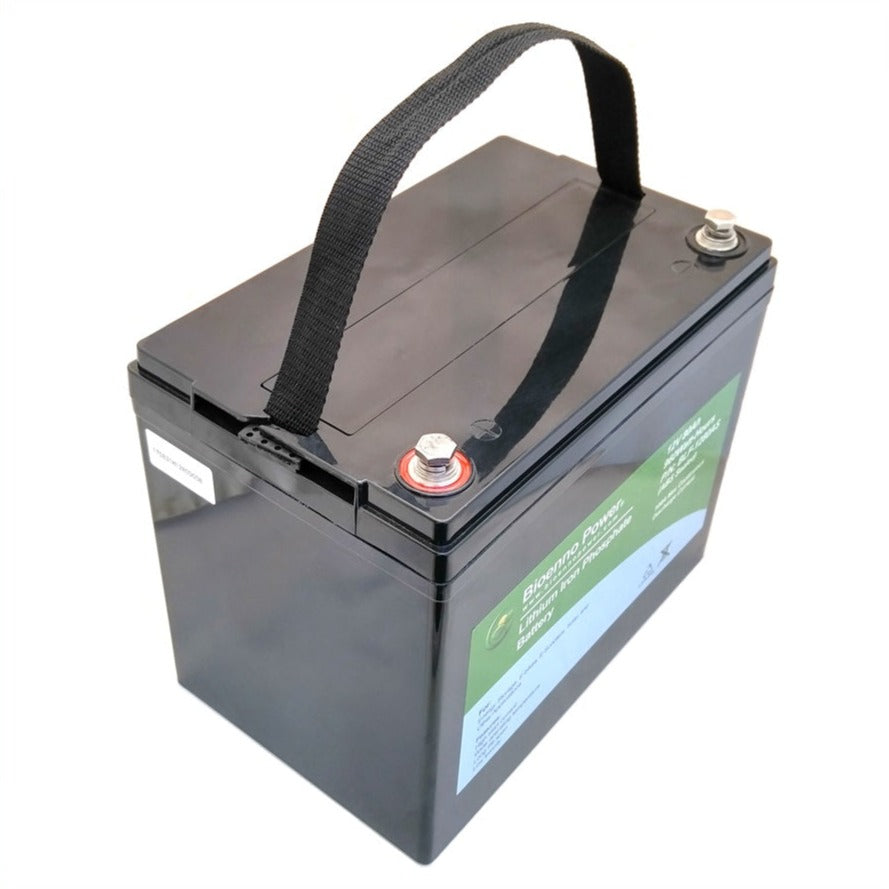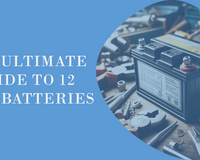Good morning! If you've been immersed in the world of tech and radios, you've probably heard of the 'Tech Prepper'. Recently, he dove into a popular topic in his latest YouTube video - understanding and sizing batteries for radios, and he discussed the advantages of lithium iron phosphate batteries from Bioenno.
Tech Prepper's Experience
Tech Prepper has been operating radios for about two years, and in that short time, he's gained a considerable insight into battery usage for radios. While he's mainly experienced with lithium iron phosphate batteries, there's a lot to unpack about why he prefers them.
Lithium Iron Phosphate Batteries: A Clear Advantage
While newer to the market, lithium iron phosphate batteries, like the ones from Bioenno, have several advantages over traditional lead acid batteries:
-
Weight: They are about half the weight of a similarly sized lead acid battery. This makes them especially attractive to those who operate on the go.
-
Capacity: Unlike lead acid batteries, which don't like to be discharged below 50%, with a lithium iron phosphate battery, you can utilize almost the entire rated capacity.
-
Smart Features: These batteries often come with a Battery Management System (BMS) that balances the individual cells, detects current spikes, and disconnects the battery under certain conditions to prevent damage.
Real-World Usage: Tech Prepper's Take
The Tech Prepper particularly emphasizes his experience with Bioenno. He's had a 12 amp-hour battery from the company for over two years, which he finds sufficient for all his radios. For those considering a power supply, Tech Prepper, who mainly operates portably, hasn't found the need for one due to the capacity and efficiency of his Bioenno batteries.
Sizing Your Battery: It's Simple Math
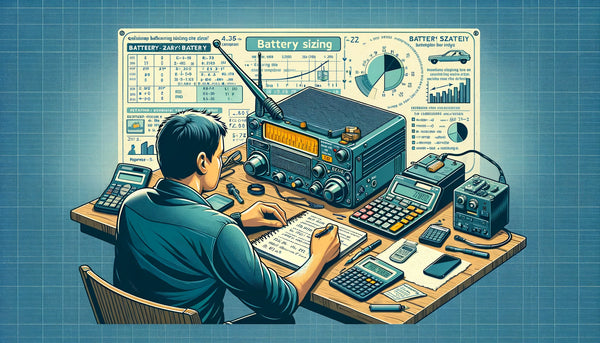
When sizing a battery for a radio, Tech Prepper recommends:
-
Understanding Your Radio's Current Consumption: Radios typically have different values for receiving and transmitting. By understanding these, you can determine how long your battery will last. For example, if your radio consumes 500 milliamps on receiving mode and you have a 6 amp-hour battery, you can run your radio for 12 hours. Discover more about Bioenno's Ham Radio collection here.
-
Understand the Power Settings: Radios have varying power settings, which can change the current draw. Always make sure your battery can handle the maximum draw of your radio at its highest setting.
-
Use a Power Meter: To get a more accurate reading of your radio's power consumption, use a power meter. This can give you a real-time reading and helps in ensuring you're not overloading your battery.
-
Plan for Your Needs: Depending on how long you're transmitting or receiving, you can calculate the battery size you need. If you're often on the move, consider having two smaller batteries for redundancy and flexibility.
Solar Charging: An Added Bonus
For those who like to operate in the field, Tech Prepper suggests using solar panels. With a 20-watt panel, he typically sees about one amp of current in full sun. With a solar charge controller, you can efficiently charge your batteries on the go. Learn more about Bioenno's Solar collection here.
Conclusion
Lithium iron phosphate batteries, especially from trusted companies like Bioenno, offer numerous advantages over traditional batteries. They're lightweight, efficient, and provide almost their full rated capacity. The key is understanding your radio's power needs and ensuring you have a battery that can meet them. With a bit of math and some planning, you can ensure you always have the power you need, whenever and wherever you need it.

